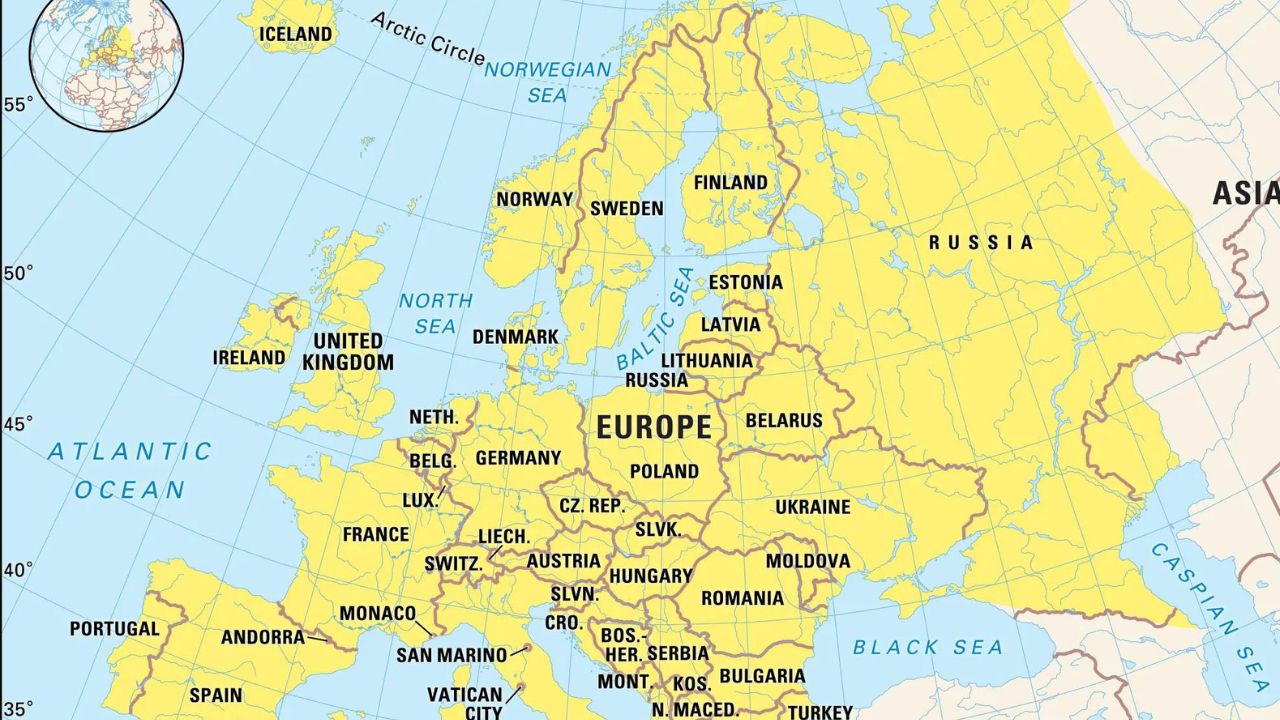A recent report by British asset manager Janus Henderson reveals that global dividend payouts to shareholders reached an unprecedented $1.66 trillion in 2023.
The Global Dividend Index report, released on Wednesday, indicates a 5% year-on-year increase in payouts on an underlying basis, with a 7.2% rise in the fourth quarter compared to the previous three months.
Banking Sector’s Dominance:
The banking sector emerged as a significant contributor, accounting for nearly half of the world’s total dividend growth.
Record payouts were attributed to the sector’s robust performance, fueled by elevated interest rates boosting lenders’ margins.

Major banks, including JPMorgan Chase, Wells Fargo, and Morgan Stanley, announced plans to increase their quarterly dividends after successfully clearing the Federal Reserve’s annual stress test, determining the amount of capital banks can return to shareholders.
While the banking sector thrived, challenges surfaced in the form of substantial dividend cuts from the mining sector.
Noteworthy companies like BHP, Petrobras, Rio Tinto, Intel, and AT&T implemented significant cuts, offsetting the positive impact of the banking sector. Despite these challenges, the report highlighted broad-based growth in various parts of the world.
Global Landscape and Regional Highlights:
Approximately 86% of listed companies worldwide either increased or maintained dividends in 2023.

A total of 22 countries, including the U.S., France, Germany, Italy, Canada, Mexico, and Indonesia, witnessed record payouts. Europe emerged as a “key engine of growth,” experiencing a substantial 10.4% year-on-year increase in payouts on an underlying basis.
Looking ahead to 2024, Janus Henderson anticipates total dividends to reach $1.72 trillion, indicating underlying growth of 5%. Despite challenges and sector-specific variations, the trend suggests continued strength in global dividend payouts.
The report underscores the resilience of global dividends, with the banking sector driving growth despite challenges from other sectors.
As companies navigate various economic factors, the outlook for 2024 suggests a positive trajectory, reflecting the ongoing importance of dividends in the global financial landscape.
